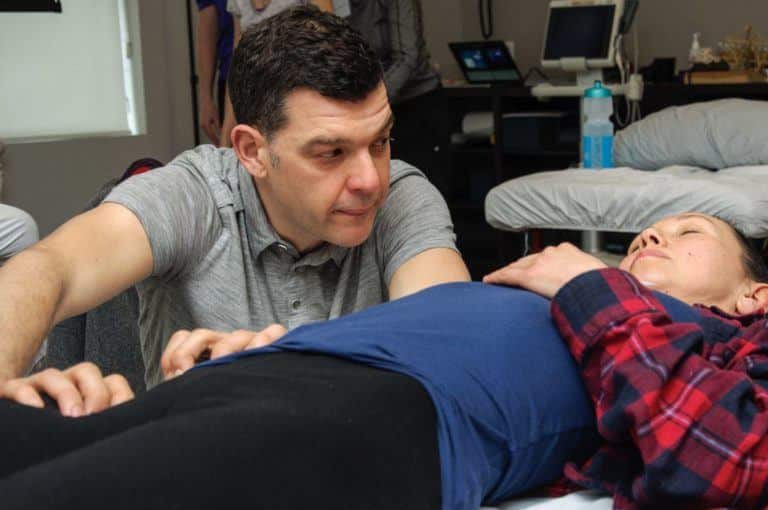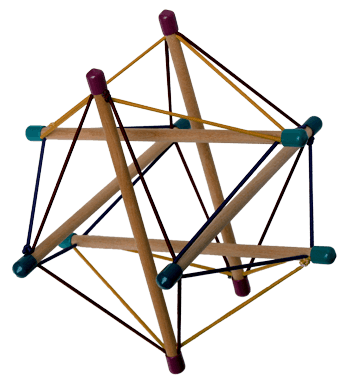Structural Bodyworker
An engaging and dynamic presenter who aims to empower students with clinical understanding & precise technique
Mark is a Registered Massage Therapist in Canada, who has been in practice since 1996. He has trained in Massage Therapy, Structural Integration (KMI) & Visceral Manipulation (Barral Institute).
 Mark has a passion for treating myofascial tissues in all it’s forms & clinically reasoning the most appropriate strategies for each individual patient. He has treated successfully in a variety of therapeutic settings from touring internationally with the Riverdance Show to his current practice in Vancouver.
Mark has a passion for treating myofascial tissues in all it’s forms & clinically reasoning the most appropriate strategies for each individual patient. He has treated successfully in a variety of therapeutic settings from touring internationally with the Riverdance Show to his current practice in Vancouver.
Mark clinically collaborates with internationally respected Physiotherapist Diane Lee with whom he co-teaches in some of her educational programs. He taught Tom Myers’ Anatomy Trains™ courses in many international venues from 2005-2011. Mark now teaches his own Myofascial assessment & treatment courses in Canada & Australasia. Mark resides in Vancouver BC where he maintains a busy practice & enjoys the outdoors with his family.
When we are injured or stressed, no matter what the source of the stress, there is a neuro-muscular response – usually involving some combination of contraction, retraction, immobility, and often rotation.
…it is not enough to simply release the muscular holding, even though that is definitely a good start.
These patterns put some muscles under strain (so that they develop painful trigger points) and also pulls at the fascial fabric, requiring it to shift, thicken, glue itself to surrounding structures, and otherwise compensate for the excess sustained muscular holding. Especially when there are chronic and long-held patterns, it is not enough to simply release the muscular holding, even though that is definitely a good start. Freeing and repositioning the fascial fabric, along with re-integration of the movement patterns so that they stay easily in their proper positioning, is the aim of KMI.
Through a careful, progressive manipulation of the body’s ubiquitous organ of shape and structure, the myofascial web, a structural reorganization can then take place in our bodies.

KMI was developed by Thomas Myers from the pioneering work of Dr Ida P Rolf. KMI consists of a multi-session protocol (usually 12) of deep, slow, fascial and myofascial manipulation, coupled with movement re-education. The KMI method of structural integration concentrates on doing deep, lasting, and significant work. The KMI ‘recipe’ for structural integration is based around the Anatomy Trains Myofascial Meridians. Read more at: www.anatomytrains.com
tensegrity models © T. Flemons 2006